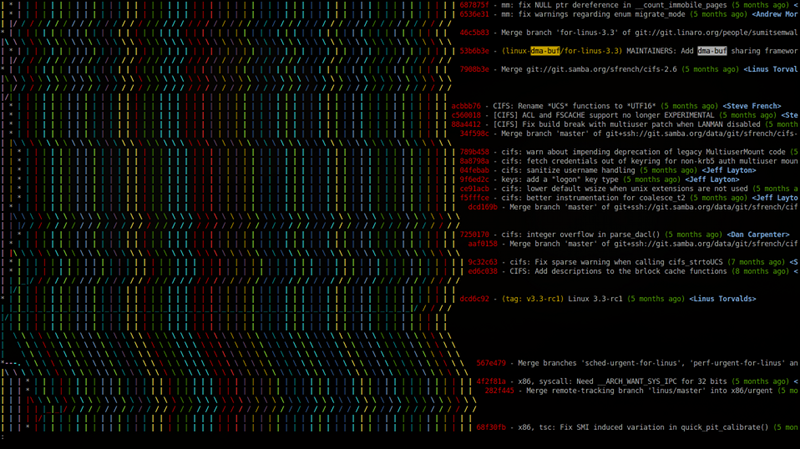

We hope this crash course was helpful! Understanding gid and uid is important foundational knowledge for Linux professionals. These values come into play once you dive into file permissions and concepts like setuid. This is because the id command prints the real uid/gid, the effective uid/gid usually the same as the real uid/gid, but not always, and supplementary group IDs. Uid=1001(otheruser) gid=1001(otheruser) notice that there are multiple groups in id cooluser command. Uid=1000(cooluser) gid=1000(cooluser) id otheruser In the /etc/passwd file the uid is the 3rd field and the gid is the 4th.įor example, on our Ubuntu 20.04 system where "cooluser" was the first account created, we can see that cooluser's uid and gid are id One of the simplest is looking at the /etc/passwd file available on most Linux operating systems. There are a few ways to view a uid and gid. For example, uid and gid values help your Linux systems differentiate between root and a user with lower privileges. When a process is started or a command is run, the uid or gid that called it dictates privileges and file system access. Uid and gid matter for more than just identifying users and groups. Other systems, reserve 100-999 for dynamic system allocation and start standard user accounts from 1,000 and up.
Gid linux install#
if a package you install needs a uid/gid) and begin allocating standard user accounts uid and gid numbers at 500. For example, some flavors of *nix reserve 100-499 for dynamic system allocation (e.g. What happens after ID 99 tends to vary by operating system. The IDs from 1-99 are also reserved for use by other system accounts. Summary of Linux Security Features from the RedHat 6.The root user and group are usually given uid and gid 0. † Note that the EUID and EGID (Effect Group ID) are not used for filesystem permissions under Linux which takes filesystem's FSUID and FSGID fields respectively instead. The unique positive integer identifier representing a process group during its lifetime.Īn attribute of a process that is used in determining various permissions, including file access permissions see also User ID. A newly created process joins the process group of its creator. Each process in the system is a member of a process group that is identified by a process group ID. There can be multiple process groups in the same session.Ī collection of processes that permits the signaling of related processes. A process can alter its session membership see setsid(). A newly created process joins the session of its creator.


A process is considered to be a member of the session of which its process group is a member. Each process group is a member of a session. After the creator's lifetime has ended, the parent process ID is the process ID of an implementation-defined system process.Ī collection of process groups established for job control purposes. The parent process ID of a process is the process ID of its creator, for the lifetime of the creator. Take a look at this SO Post and the first answer for a healthy explanation of what they're for.įrom the recommended page of definitions they postedĪn attribute of a new process identifying the parent of the process.


 0 kommentar(er)
0 kommentar(er)
